
New Mexico's Spaceport America looks up and into the future
"At Spaceport America we have a much larger vision."
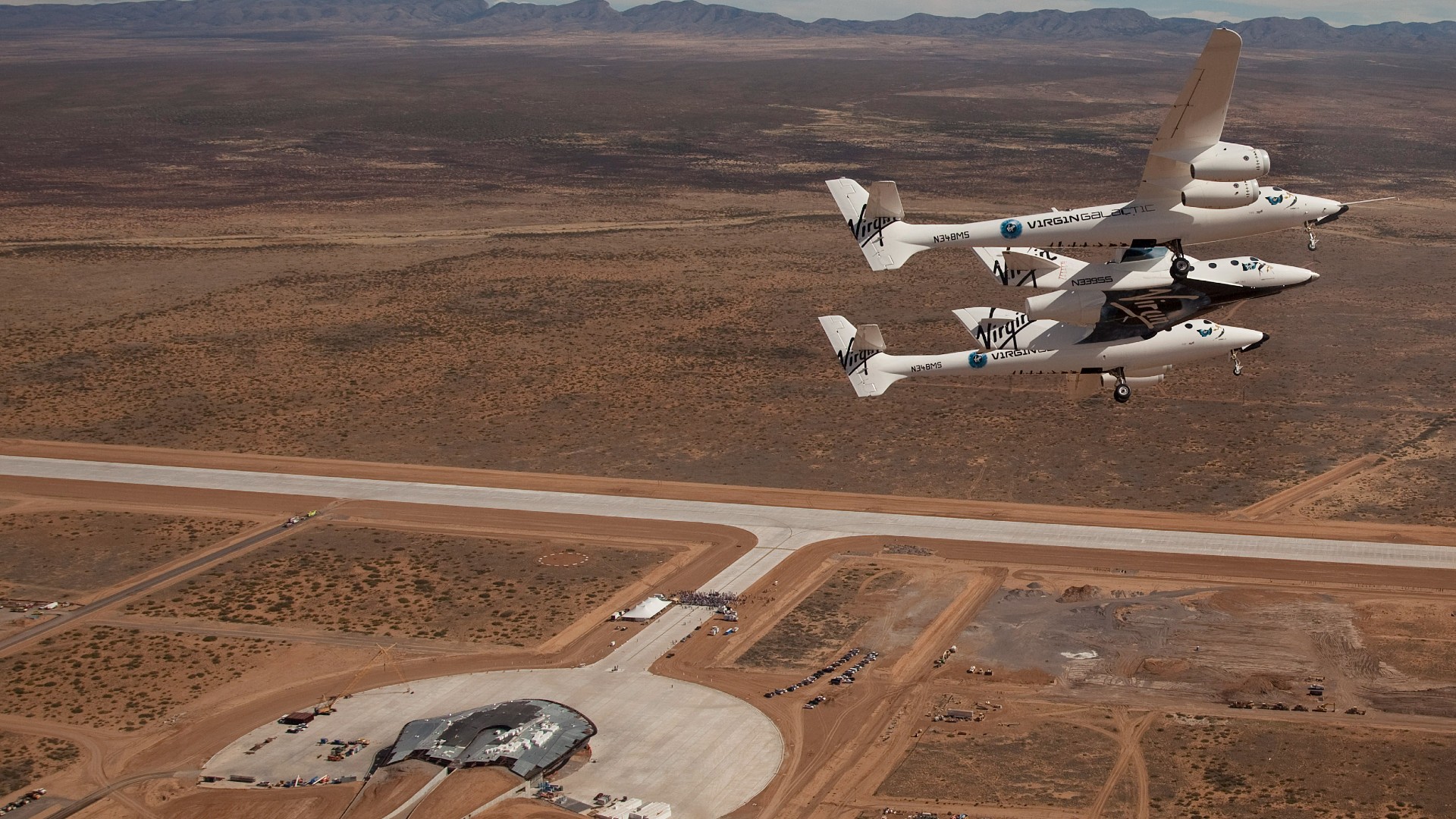
COLORADO SPRINGS, CO — Spaceport America is the first purpose-built commercial spaceport in the world — but its executive director has a portfolio of ideas to further grow the launch complex.
Already home to an array of commercial space industry tenants, such as Virgin Galactic, SpinLaunch, Up Aerospace, and Prismatic, Spaceport America is a "rocket-friendly environment of 6,000 square miles of restricted airspace, low population density, a 12,000-foot by 200-foot runway, vertical launch complexes, and about 340 days of sunshine and low humidity," the organization boasts on its website.
Scott McLaughlin is an engineer, drawing upon a past of design and business marketing to help determine how best to grow Spaceport America, an inland spot in southern New Mexico desert that offers 18,000 acres adjacent to the U.S. Army White Sands Missile Range. Space.com caught up with McLaughlin in an exclusive interview during the Space Foundation's 40th Space Symposium, to gain a perspective on the Spaceport America of now and a look at what's glimmering on the horizon and assuring the sprawling complex is a vibrant and vital part of America's aerospace infrastructure.
Space.com: How's your outlook for Spaceport America, eyeing it as a good place for orbital launch and reentry?
McLaughlin: We're trying to be a site as ready as we can and one that anticipates the market, trying to get ahead of that market. We have distinct areas of the spaceport, but not so distinct that we can't do different things at different times.
In our vertical launch area [VLA], we also are looking at testing of things that could explode or crash. We're focused on getting water to that location, and also have a facility that protects operations there — like payload processing — from the sun, rain and weather. We are trying to develop the VLA to be a real orbital vertical launch site.
Space.com: How about supporting horizontal launch?
Breaking space news, the latest updates on rocket launches, skywatching events and more!
McLaughlin: That's where we are getting a lot of interest. We're expanding access roads and about to build a hangar that acts as a security center, a STEM [education] center, and leasable office space. It would also offer a small conference area; and handle small vehicle and payload processing. That's a big change for us.
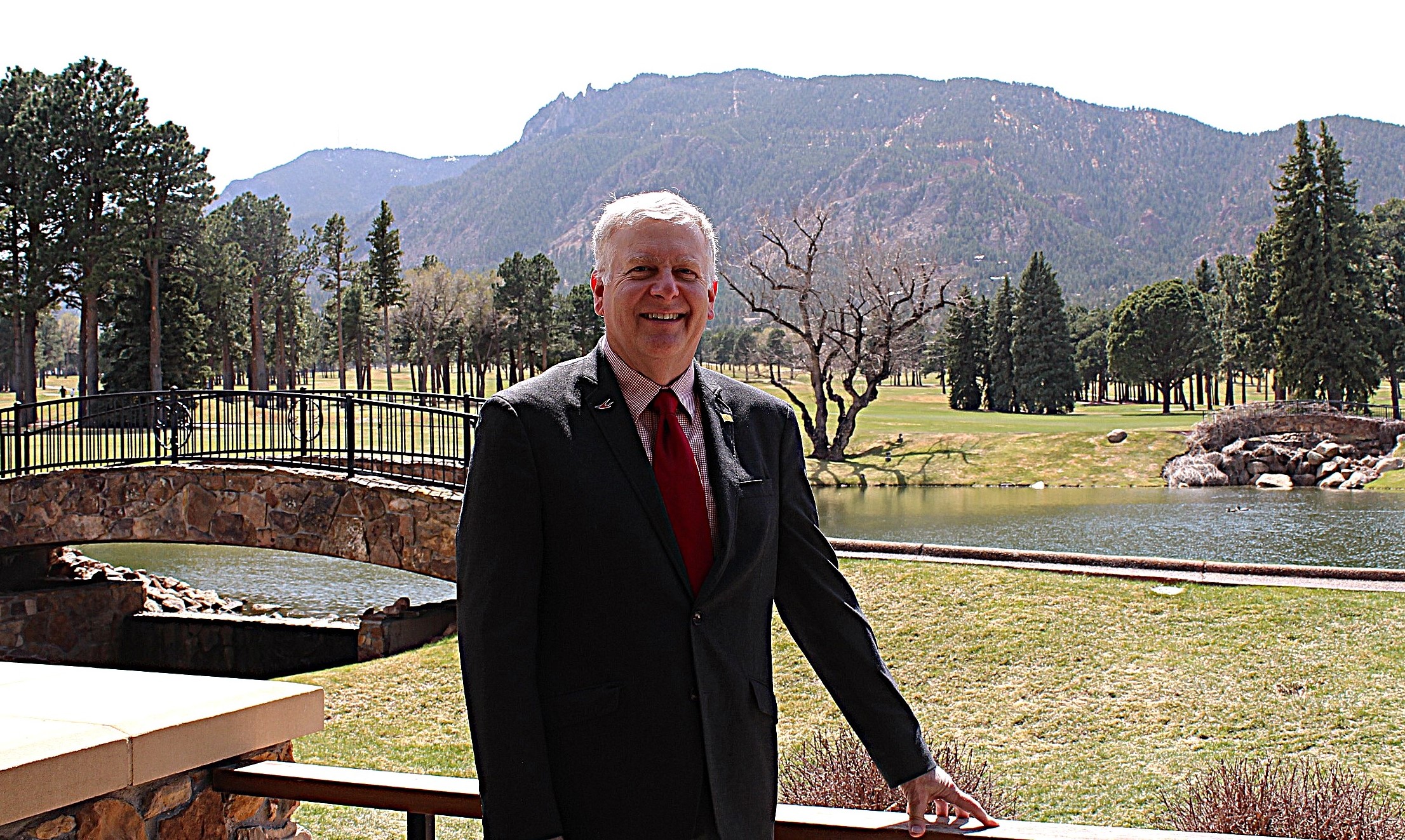
Space.com: You noted market changes. What changes do you see that make Spaceport America even more viable today?
McLaughlin: I think opening ourselves up to doing different kinds of work. We're more like a civilian test range now. We've got high-altitude UAVs [Unmanned Aerial Vehicles]. We're willing to do engine production.
We believe we're about to sign a data center, one that's able to provide services to our customers who want low-latency, artificial intelligence, or high-powered computing. You'll be able to rent some virtual machines and do your own thing and have it be instantaneous at the spaceport.
So I think being more broadminded about what we can do at the spaceport is helping generate customers and revenue.
Space.com: Over the years, people have been attracted to Spaceport America due to the suborbital flights of Richard Branson's Virgin Galactic. How's that relationship?
McLaughlin: Our goal is to see Virgin Galactic fly in a year or so, hopefully flying twice a week, and that will have a big impact on the spaceport.
Space.com: That impact also includes friends and families, no?
McLaughlin: It does. It looks like each passenger brings close to 20 others. So you multiply 20 times 6 passengers onboard the spaceship, times two flights a week, times 54 weeks. That's a lot of people in the area to explore other parts of New Mexico!
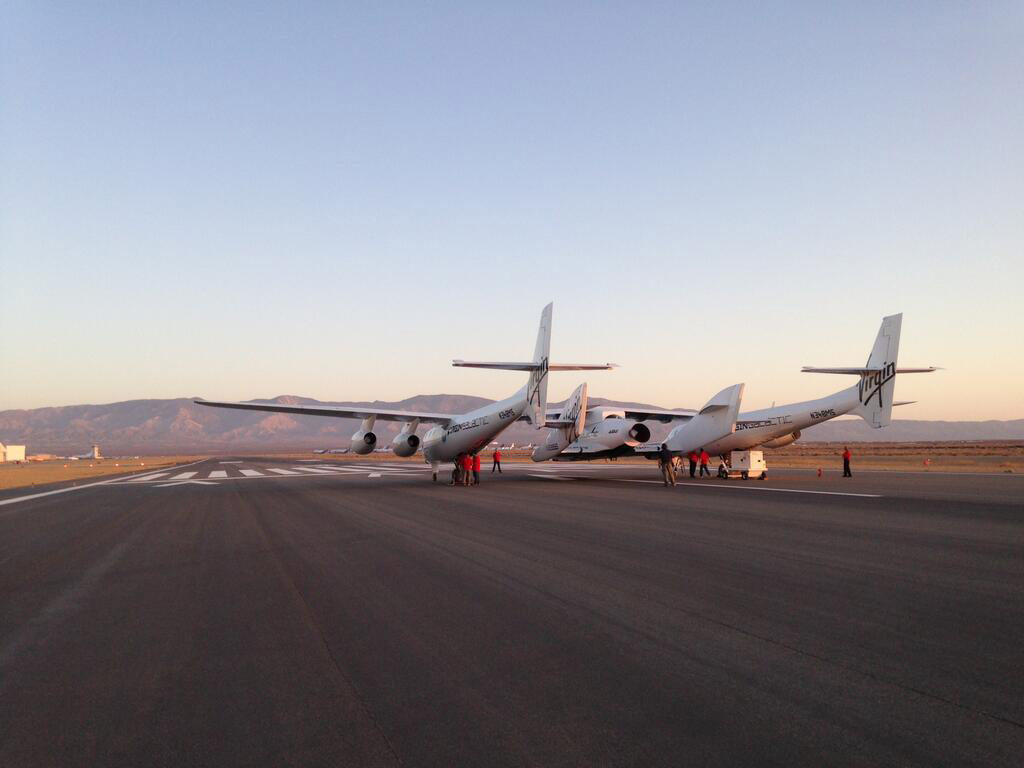
Space.com: Projecting into the near-future, what other endeavors are in the offing?
McLaughlin: Again, we're trying to be open-minded as we're partnered with White Sands Missile Range to use that airspace.
We're even looking at things like an electromagnetic pulse facility. It's a customer that I can't identify yet.
And our long-term goal is orbital launch. But we need a vehicle that is designed for orbital launch, either a single-stage-to-orbit with some nice abort modes, or a vehicle that might have wings which would make a nice abort mode. So we're talking to vehicle developers that are thinking the same thing.
Unfortunately for us, they will have to test and prove that technology, probably over water. But once that technology is proven then we'd be a great site for both takeoff and reentry.
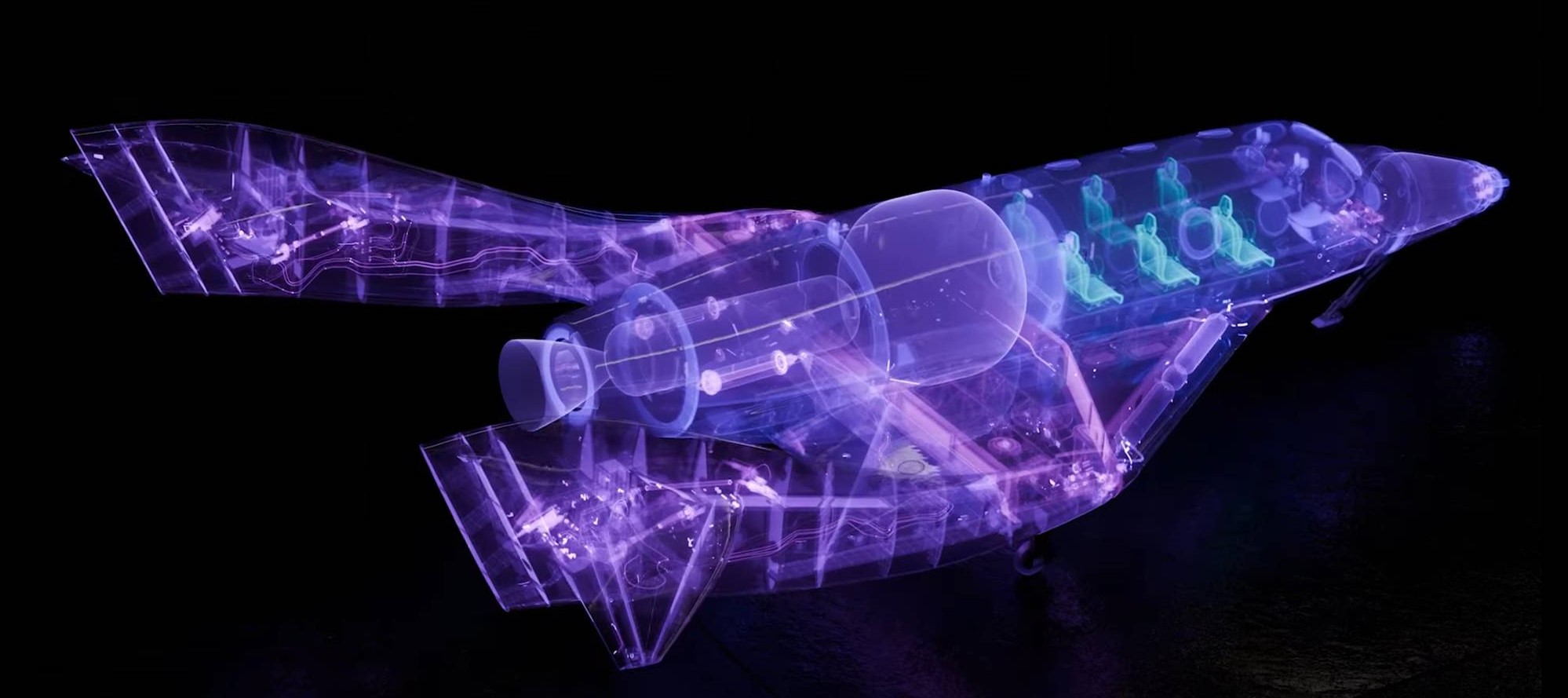
Space.com: How is the prospect of reentry into Spaceport America?
McLaughlin: We are working on a reentry license too. We recently discussed this with specialists and we think we have a site relatively close to the spaceport that's flat and free of mesquite bushes and such, so we can do capsule return and other types of return. And of course we have the runway. So I'd think we'd be the only spaceport that does vertical and horizontal launch and reentry.
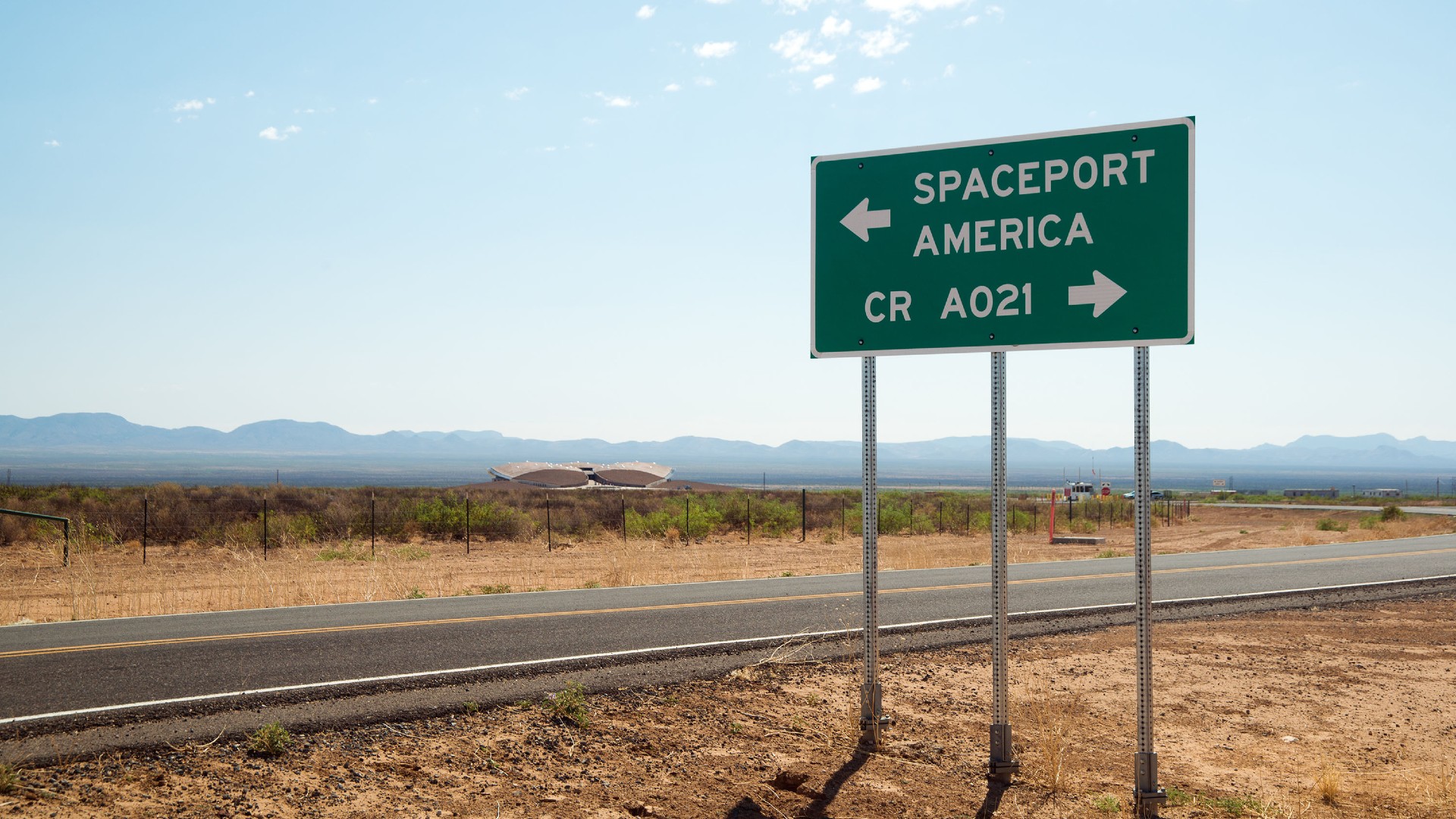
Space.com: Being an inland spaceport, given ocean-neighboring launch sites, how do you pitch the advantages?
McLaughlin: We're never going to have the throughput that the Cape in Florida has. But we'll be a good alternative especially if you're going to do a small to medium-sized launch, and you need to do it quickly, and perhaps do it more securely than you would if you were to fly over water. That's why the Department of Defense is showing interest in the inland spaceport.
Space.com: In your marketing campaign for Spaceport America, what are your top-tier take-away messages for potential customers?
McLaughlin: We're very proud of Virgin Galactic and proud they have continued their development in spite of the difficulty of taking humans to space. But at the same time, so many people have connected Spaceport America only with Virgin Galactic.
The story we have to tell is that we have a lot more space and we have a lot more customers. We have much bigger aspirations beyond Virgin Galactic, and in fact, we hope that Virgin Galactic might be part of that someday, like point-to-point travel or going into orbit.
At Spaceport America we have a much larger vision. We're trying to demonstrate that to both our stakeholders and our customers. We do a lot of cool stuff, and that makes a big difference.
Join our Space Forums to keep talking space on the latest missions, night sky and more! And if you have a news tip, correction or comment, let us know at: community@space.com.
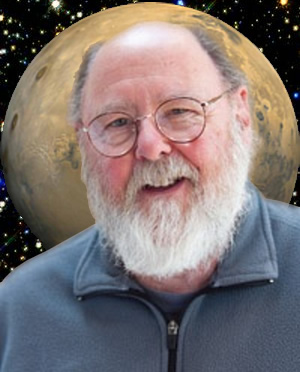
Leonard David is an award-winning space journalist who has been reporting on space activities for more than 50 years. Currently writing as Space.com's Space Insider Columnist among his other projects, Leonard has authored numerous books on space exploration, Mars missions and more, with his latest being "Moon Rush: The New Space Race" published in 2019 by National Geographic. He also wrote "Mars: Our Future on the Red Planet" released in 2016 by National Geographic. Leonard has served as a correspondent for SpaceNews, Scientific American and Aerospace America for the AIAA. He has received many awards, including the first Ordway Award for Sustained Excellence in Spaceflight History in 2015 at the AAS Wernher von Braun Memorial Symposium. You can find out Leonard's latest project at his website and on Twitter.
You must confirm your public display name before commenting
Please logout and then login again, you will then be prompted to enter your display name.
